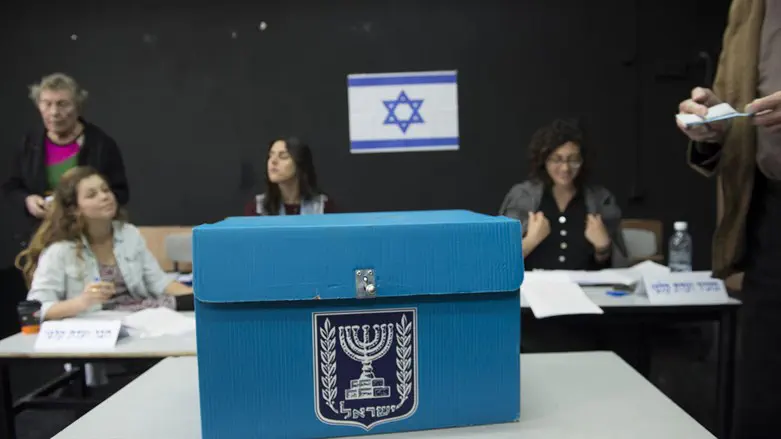
There is a book called: Statistics – 100 Ways To Lie. That is how the polls are ignoring factors in their statistical analysis of future voting patterns. These polls claim to be representative, but they are missing crucial information.
Who will decide the next election?
The large upcoming numbers of new voters now 17, 18 and 19 years old, who were too young to vote at the last election, may just change the projected figures as they become entitled to vote. The demise of older citizens who used to be the bastion of the left will also be a factor of change.
The birth rate is currently 19.1 births per 1000 of the population, whilst the death rate is 5.2 per 1000. This points to a large increase in the number of upcoming voters who may not have been counted in polls, showing that there should have been an examination of where the new young and upcoming voters live and who they are.
The birth rate in Tel Aviv is dismally low, whilst Yehuda, Shomron, Bnei Brak and Beth Shemesh have very high rates. Cities such as Ashdod and Kiryat Gat and the surrounding areas have higher than average birth rates. By next year a huge number of young people in those areas will be voting, and less of the older in places such as Tel Aviv. A close examination of their locations and prior voting patterns will mean a further swing to the right in the next election. There is also a small minority of new voters who are olim.
What effect has the war been in future voting patterns? Will any of the gung-ho leftists who believed in peace, welcomed the Gazans into their homes near the border and were kind to them, even took them to our hospitals and honestly believed that Gazans would want to live in peace- change their views? Did our peace-lovers change their mind-set after October 7th when their parents, spouses, children and friends were barbariously killed and worse?
The leftists demonstrating in Tel Aviv against the existing government are only in the thousands, perhaps backed by several hundreds of thousands, whilst the population of Israel is almost ten million. They are a definite minority. Now that Israelis know that it is 'us or them', that they and their own children fight and sacrifice their lives, do they still want to vote as they did in the last election? The large numbers of evacuees from the north have their own ax to grind as they approach one whole year out of their homes. And the conduct of the war will be a factor in the decision-making of voters. There is also the Israeli Arab vote to consider.
Netanyahu has a big job to do. Despite the anti-Netanyahu protests he is still doing that job, but there will come a day when he retires. Towards the next election we will see changes in the political parties, changes in their composition, with new and hopefully statesmanlike and capable faces appearing. These changes will be appealing to those who previously voted for the LIkud party but are now sitting on the fence reassessing their vote.
Voting patterns are changing. The determinants of the last election will not apply to the next. Predicting who will be in power is up in the air as the war rages on, as political parties shuffle their allegiances to different blocs whilst presenting new candidates and as the new young voters make their mark.
The shift to the right is a given in this environment, however some other surprises in the composition of the Knesset next year can be expected.